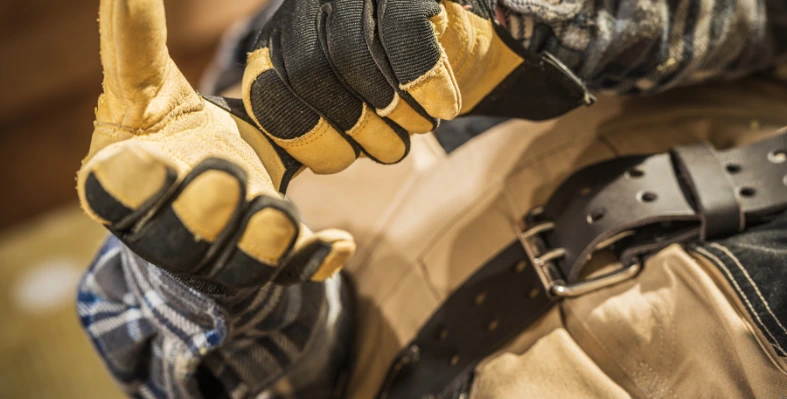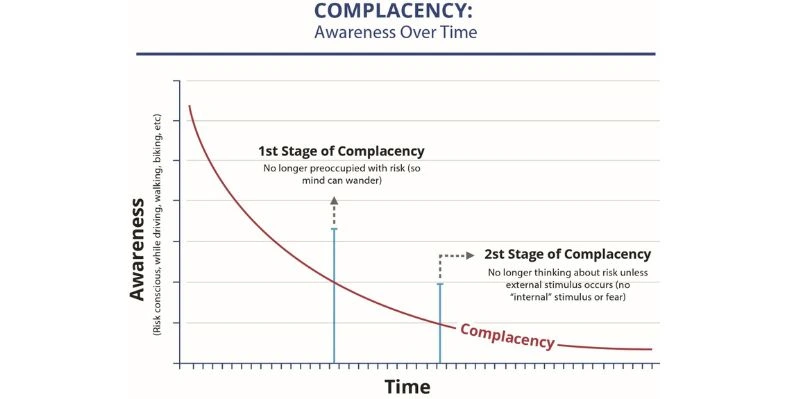SHOWA Group is an integrated manufacturer of industrial hand protection based in The Netherlands. The company's product manager for the EMEA region, Gabriel Szelényi, explains how the company's products can help workers. Read on:
In sectors where ATEX (EXplosive ATmospheres) are a real and ongoing risk, such as chemical processing, oil and gas, and grain handling, the role of electrostatic discharge (ESD) protection takes on a different urgency.
The primary concern is not about preserving electronics but about preventing the smallest static spark from igniting flammable gases, vapours or dusts.
In these high-risk ATEX zones, gloves that meet the appropriate ESD standards play a critical part in comprehensive safety protocols.
Electrostatic discharge may be invisible, but its consequences in an explosive atmosphere can be devastating. Static electricity builds up through everyday activity such as moving, lifting or simply interacting with certain materials.
Without adequate dissipation, that charge can release as a spark. In areas classified under the ATEX Directive 2014/34/EU, where the presence of explosive gases or dust is likely, this kind of spark could trigger a fire or explosion.
In such settings, the use of personal protective equipment (PPE) must go beyond mechanical protection.
Items like gloves, boots and clothing must be able to safely dissipate electrostatic charge.
The European standard EN 16350 sets requirements specifically for gloves used in potentially explosive atmospheres.
Meeting this standard is a key step toward regulatory compliance and risk mitigation.
A defining feature of gloves designed for ATEX zones is their vertical resistance.
Unlike surface resistivity, which measures how electricity travels across the surface of a material, vertical resistance assesses how effectively a charge passes through it, from the surface in contact with the skin to the outer surface.
This is crucial for dissipating static between the worker’s body and the environment.
To comply with EN 16350, gloves must demonstrate a vertical resistance of less than 1.0 x 10^8 Ohms when tested under controlled temperature and humidity conditions.
This ensures any charge generated during movement or contact is safely conducted away, reducing the risk of ignition.
ESD gloves with appropriate vertical resistance are increasingly found in industries where flammable materials are routinely handled.
In oil and gas facilities, paint mixing plants, pharmaceutical labs and chemical processing lines, airborne particles or vapours often create environments where a single spark could have serious consequences.
The same applies to logistics and maintenance operations. Workers involved in transferring fuel, cleaning storage tanks or entering confined spaces such as silos or reactors also require gloves that help prevent electrostatic buildup.
In these settings, gloves must combine electrostatic protection with chemical resistance, cut protection or oil grip, depending on the task.
Innovations in ESD glove design
To meet these complex demands, manufacturers have developed gloves that combine multiple forms of protection in a single product without compromising comfort or dexterity. SHOWA offers a comprehensive range of ESD gloves engineered for demanding industrial environments.
SHOWA AX200 delivers antistatic protection in a lightweight, touch panel-compatible format, making it ideal for precision tasks requiring dexterity.
For environments where cut hazards and oily surfaces are prevalent, DURACoil Alpha AC800 combines a TDM cut level D rating with a breathable liner and S-embossed nitrile foam coating to enhance grip.
DURACoil Alpha AC200 offers similar levels of protection in a lighter construction, also suitable for touchscreen use.
For tasks involving chemical exposure, SHOWA 660ESDR features full PVC coating and oil resistance.
While not intended for cleanroom use, it is well suited for industrial roles requiring robust, all-round protection.
These gloves demonstrate how safety, compliance and productivity can be supported together.
By integrating ESD protection with other essential features, they minimise the need for glove changes between tasks and support safe, uninterrupted operations.
As awareness of ATEX hazards grows and safety expectations rise, vertical resistance is becoming a standard specification for hand protection in explosive environments.
For procurement teams and safety managers, understanding how gloves mitigate ESD risks in ATEX settings is essential to maintaining operational safety.






















